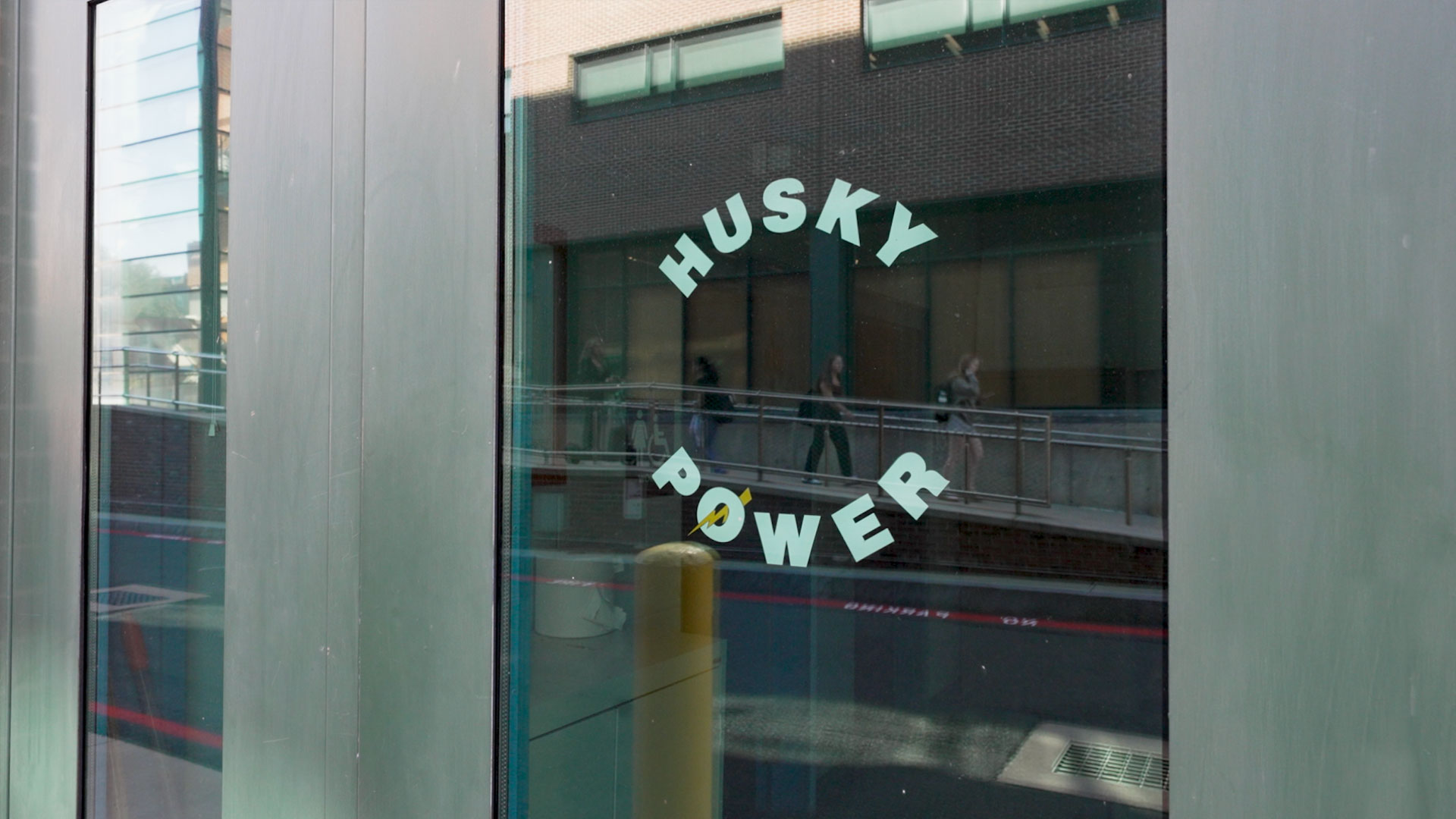
Since Red Bull hit the market in the 1990s, the popularity of energy drinks has soared among the nation’s youth. In 2008, annual sales accounted for $3.2 billion in the United States and $7.8 billion worldwide.
Dr. Yifrah Kaminer, professor of psychiatry and pediatrics, discusses the potential negative consequences these drinks have on young people in an article published in the July edition of Child and Adolescent Psychiatric Clinics of North America.
Kaminer reports that the main stimulating effects of energy drinks have been attributed to the rush caused by the combination of caffeine and the high dosage of carbohydrates and sugar found in most of these beverages. Some drinks also contain natural products such as guarana, ginseng, amino acids, and bitter orange. Bitter orange contains synephrine, a newly popular alternative to ephedrine. Ephedrine is the active ingredient in ephedra, once included in some diet and performance-enhancing drinks before it was banned by the U.S. Food and Drug Administration in 2004.
There is no legal age limit to purchasing energy drinks and about 30 percent of 12 to 17 year-olds admit to regularly drinking them. They are especially popular among high school athletes because of perceived short-term effects on sports performance.
According to a study among college students, approximately one-third of those aged 18 to 24 years consume energy drinks. Students say the main reasons for consumption include coping with insufficient sleep (67 percent), boosting energy (65 percent), and increasing fun with alcohol at parties (54 percent).
Energy Drinks and Risk-taking Behaviors
Kaminer’s article also points out that risk-taking behaviors are positively associated with frequency of energy drink consumption, particularly among whites. Risk-taking behaviors included tobacco smoking, marijuana and illicit prescription drug use, sexual risk taking, fighting, and not using seat belts. Kaminer says, “It is plausible that a liking for energy drinks is a marker for high-risk behaviors and that frequent consumption may serve as a useful screening indicator to identify students at risk for substance use and other problem behaviors.”
Adverse Effects of Energy Drinks
A growing number of reports show caffeine intoxication from energy drinks.
Kaminer outlines several reasons for the increased risk of a caffeine overdose: lack of adequate labeling of the amount of caffeine, lack of warning labels advising proper use, and lack of restrictions on the sale of energy drinks to children and adolescents.
Although individual responses to caffeine vary, the stimulating properties in energy drinks can increase heart rate and blood pressure, causing palpitations that may lead to emergency-room visits. Energy drinks have also been reported to cause dehydration and insomnia.
According to Kaminer, the use of energy drinks with alcohol is also an increasing public health concern. The combination may increase the rate of alcohol-related injury because caffeine is a diuretic, and energy drinks and alcohol are dehydrating. Dehydration slows the metabolism of alcohol and might increase its toxicity. There’s also the risk of young adults driving “awake” due to the effects of energy drinks, yet “drunk” with impaired motor skills due to alcohol abuse.
“A teenager is already more accident prone than an adult because their brain, specifically the prefrontal cortex, isn’t fully developed,” Kaminer says. “After alcohol consumption, there is increased risk of having any impairments masked by the stimulating effects of caffeine in the energy drinks.”
Another area of concern is the potential interactions of energy drinks and medications. For example, energy drinks combined with Adderall, a popular prescription drug for attention deficit disorder, is being used on college campuses. Adderall improves focus and the energy drinks maintain wakefulness.
Kaminer offers one way of potentially decreasing the negative impacts of these drinks: “The debate about taxing sugar-sweetened beverages to combat youth obesity may serve as a platform to consider taxing energy drinks, particularly for youth,” he says. “Such an approach might improve prevention of adverse effects by forcing the manufacturers of these drinks to place warning labels and provide age limit and consumption guidelines.”
Kaminer’s article, Problematic Use of Energy Drinks by Adolescents, is available online.
Related articles:
Health Center Psychiatrist Studies Teen Drinking, Drug Use
Expert on Risky Behavior in Kids Recommends Increase in Driving Age


